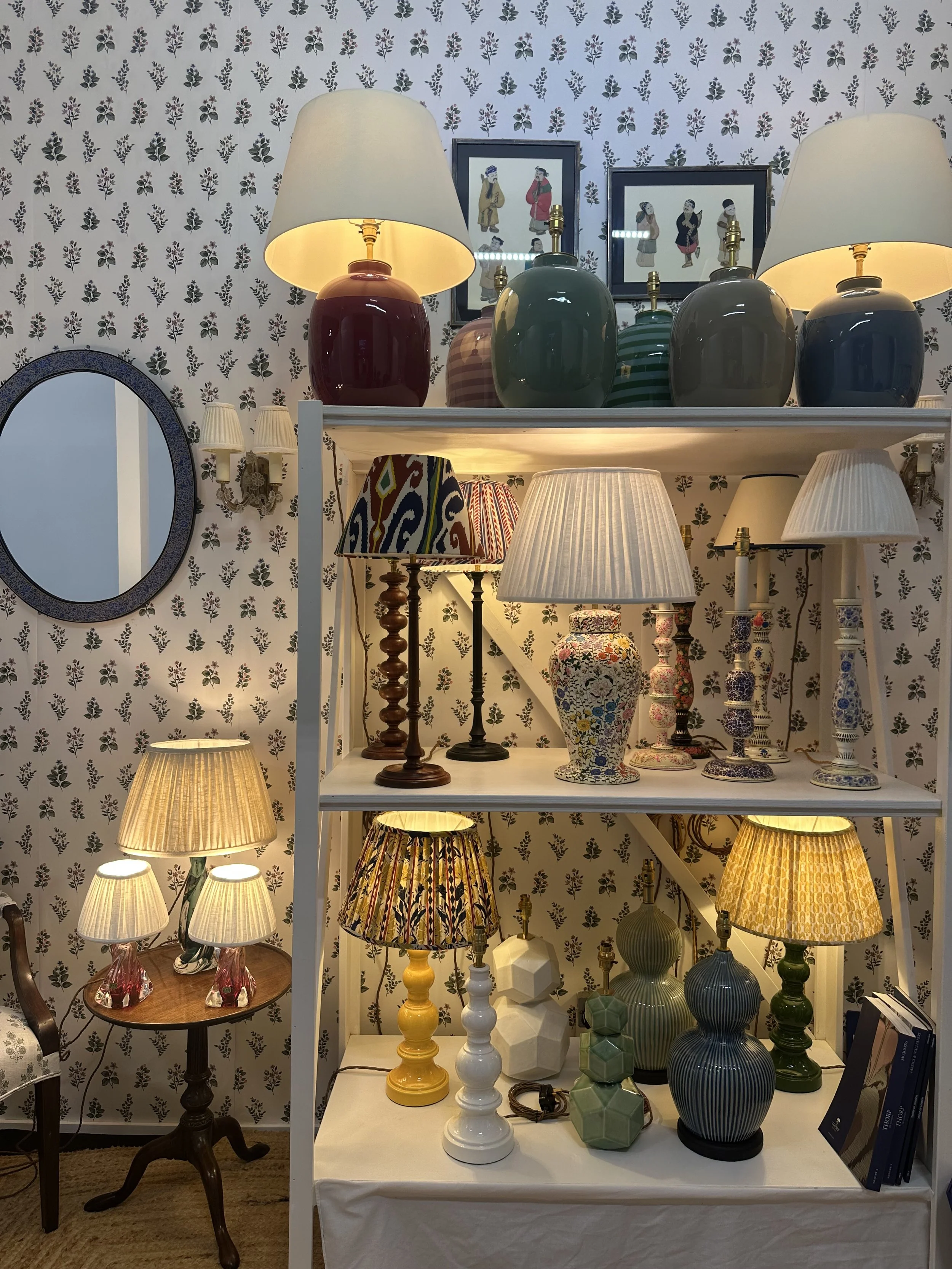The Future of Modular Design in Architecture
Image credit: Covet House
Featured Partner Post
In architecture, modular design has become a transforming tool to handle the complexity of contemporary building and urban growth. Originally developed in the early 20th century, this design concept has changed greatly under the influence of sustainability, adaptability, and efficiency. Inspired by powerful people like Le Corbusier and Buckminster Fuller, modular design has become popular in many fields - including public infrastructure and business and residential buildings. Modular design is redefining conventional building techniques as architects embrace creative technologies and environmentally responsible practices, providing solutions that satisfy the urgent problems of modern society while supporting flexibility and resilience in urban areas.
Historical evolution of modular design in architecture
Early 20th-century architects who pushed the use of prefabricated materials to improve construction efficiency and address housing shortages notably enhanced modular design in architecture, which originated in this field. Le Corbusier and Buckminster Fuller Driven by the necessity for fast reconstruction and urban expansion, this strategy acquired pace following conflict. Standardised component utilisation permitted more imaginative architectural expressions as industrialisation developed. This development prepared the ground for modern methods in which businesses like jpconcrete.co.uk are rather important.
Current trends and applications of modular design
From homes to businesses and even public infrastructure, contemporary modular architecture is distinguished by a wide spectrum of uses. The emergence of sustainable practices has driven architects to investigate environmentally friendly materials and energy-efficient technologies inside modular buildings, therefore stressing waste reduction and environmental effect minimisation. Technological innovations like improved prefabrication methods and 3D printing have greatly increased personalisation and quick assembly options. Furthermore, the growing popularity of temporary constructions for events and displays shows the adaptability of modular design, which lets urban environments be flexible and used adaptably. Modular solutions are becoming essential to solve housing shortages and support effective land use as cities struggle with changing needs.
Advantages and challenges of implementing modular design
Since components may be produced off-site and swiftly assembled on-site, modular design provides many advantages, including less building time and cost-effectiveness. This strategy speeds up project schedules and reduces disturbance to the nearby neighbourhoods. Still, there are difficulties, such as the need for exact planning and coordination among several stakeholders to guarantee compatibility and quality control. Furthermore, some clients and builders could be reluctant to adopt modularity because of aesthetic preconceptions or technological inexperience. Integrating modular design into mainstream architectural techniques depends on carefully balancing these benefits and drawbacks.
Future possibilities and innovations in modular design
Thanks to artificial intelligence and machine learning developments that allow more complex design processes and predictive analytics for project management, emerging technologies are poised to transform modular design. Incorporating smart building technologies will enable real-time changes depending on occupancy and environmental circumstances, therefore facilitating improved energy efficiency and user comfort. Moreover, developments in sustainable materials will redefine modular buildings' environmental impact, including recycled composites and bioplastics. The idea of modular design might change to include flexible areas that respond to changing community requirements as urbanisation speeds forward, therefore promoting a more robust and dynamic future architecture.
Conclusion
Modular architecture meets modern society's urgent needs by reflecting a dynamic relationship between inventiveness and practicality, embracing sustainability and efficiency. Building builders use sustainable materials and innovative technology so that modular design can transform cities. Modular solutions are crucial to building resilient ecosystems that meet current needs and anticipate future difficulties. Prioritizing adaptation and responsiveness to community needs will help. This continual growth emphasizes modular design as essential to effective and sustainable building solutions.




Five top tiling looks expected to be big in 2026!